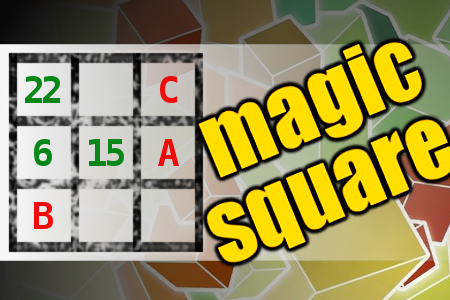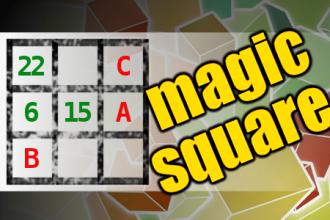MAGIC SQUARE: Calculate A-B*C
The aim is to place the some numbers from the list (3, 4, 6, 15, 16, 18, 22, 23, 25, 86) into the empty squares and squares marked with A, B an C. Sum of each row and column should be equal. All the numbers of the magic square must be different. Find values for A, B, and C. Solution is A-B*C.Correct answers: 1
#brainteasers #math #magicsquare

Politicians Accident
A bus load of politicians were driving down a country road one afternoon, when all of a sudden, the bus ran off the road and crashed into a tree in an old farmer's field.
Seeing what happened, the old farmer went over to investigate. He then proceeded to dig a hole and bury the politicians.
A few days later, the local sheriff came out, saw the crashed bus, and asked the old farmer, "Were they all dead?"
The old farmer replied, "Well, some of them said they weren't, but you know how them politicians lie."
Seeing what happened, the old farmer went over to investigate. He then proceeded to dig a hole and bury the politicians.
A few days later, the local sheriff came out, saw the crashed bus, and asked the old farmer, "Were they all dead?"
The old farmer replied, "Well, some of them said they weren't, but you know how them politicians lie."

